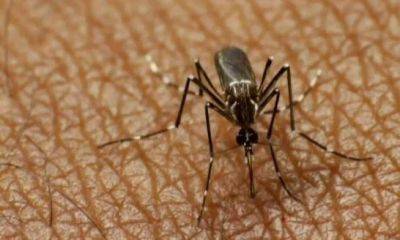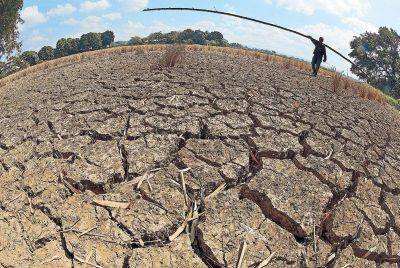DA starts rice cluster meetings to map out, fine-tune El Niño intervention strategies
The Department of Agriculture (DA) started this week the series of cluster meetings for the Masagana Rice Industry Development Program to map out and fine-tune intervention strategies to mitigate the impact of an expected prolonged dry spell caused by the El Niño on rice production.
The meetings, authorized by Agriculture Secretary Francisco Tiu Laurel, Jr. under Special Order 1516, will gather groups in the main regions of Luzon, Visayas and Mindanao to find ways to “optimize productivity for 2023-2024 dry season.”
The dry season for rice production runs from December to May when rice fields need more water supplied by irrigation systems. It takes about five liters of water to produce a kilo of rice.
Laurel said the cluster meetings will also formulate plans for the deployment of interventions like seeds, fertilizer discount vouchers, and soil amelioration and bio-control agents during the dry season.
The DA is already implementing the agri-input assistance and scaling of rice technologies.
For starters, the DA mandated the adoption of alternative wet and dry technology to rice cultivation that will drastically reduce the amount of water needed to produce a kilo of rice to one liter per kilo from the current five liters.
Better seeds could also be used to counteract the impact of rising temperature on rice yield. It is estimated that a 1 degree Celsius increase in temperature could reduce yield by 10 percent. While rice need solar radiation for carbohydrate assimilation, low temperature is preferred for optimum yield.
Around 275,000 hectares of rice fields had been earlier identified as vulnerable to the impact of an El Niño-induced dry spell. Early indications suggest that number could decline given the high water elevation of some dams used to irrigate rice fields. ### (OSEC Comms)







